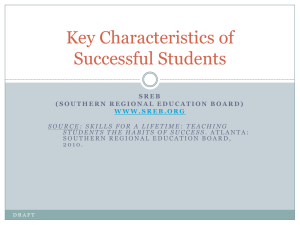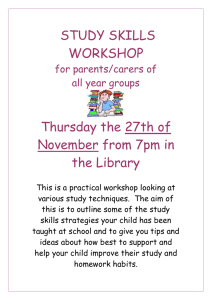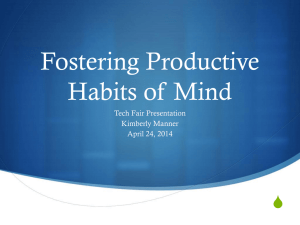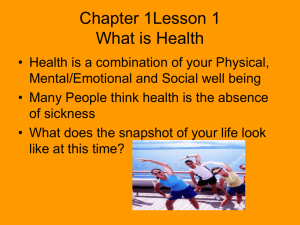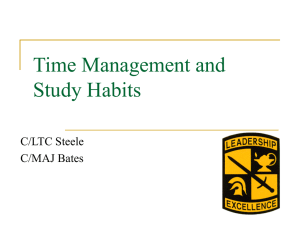12d Bad Habits in Livestock Species LP
advertisement
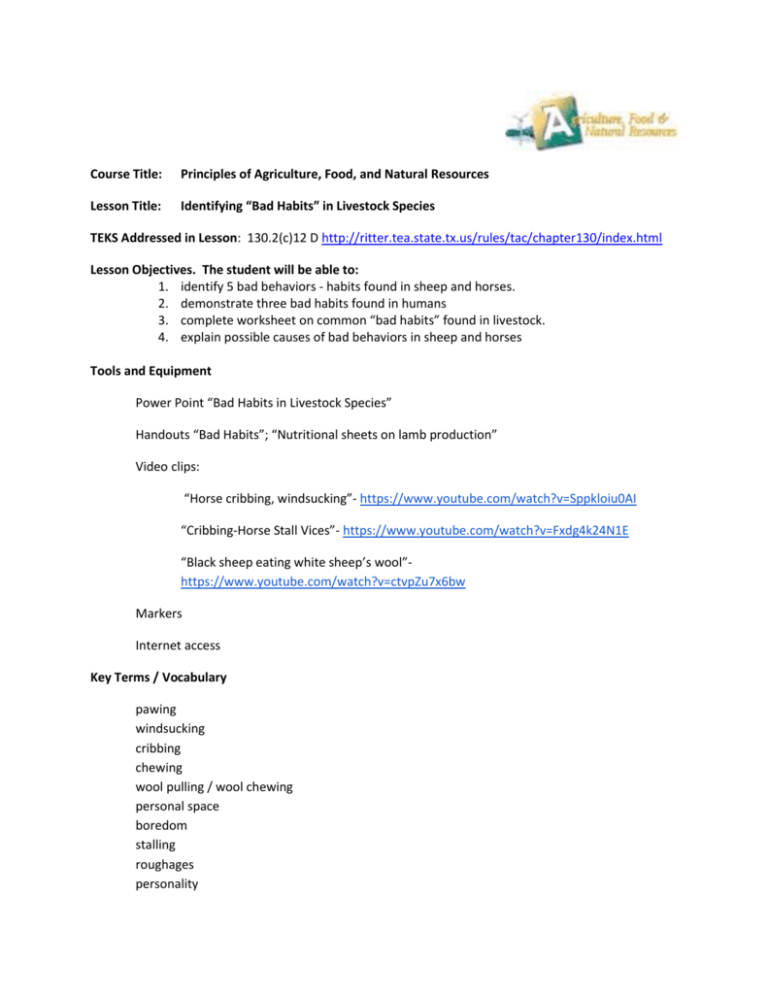
Course Title: Principles of Agriculture, Food, and Natural Resources Lesson Title: Identifying “Bad Habits” in Livestock Species TEKS Addressed in Lesson: 130.2(c)12 D http://ritter.tea.state.tx.us/rules/tac/chapter130/index.html Lesson Objectives. The student will be able to: 1. identify 5 bad behaviors - habits found in sheep and horses. 2. demonstrate three bad habits found in humans 3. complete worksheet on common “bad habits” found in livestock. 4. explain possible causes of bad behaviors in sheep and horses Tools and Equipment Power Point “Bad Habits in Livestock Species” Handouts “Bad Habits”; “Nutritional sheets on lamb production” Video clips: “Horse cribbing, windsucking”- https://www.youtube.com/watch?v=Sppkloiu0AI “Cribbing-Horse Stall Vices”- https://www.youtube.com/watch?v=Fxdg4k24N1E “Black sheep eating white sheep’s wool”https://www.youtube.com/watch?v=ctvpZu7x6bw Markers Internet access Key Terms / Vocabulary pawing windsucking cribbing chewing wool pulling / wool chewing personal space boredom stalling roughages personality Interest Approach/Anticipatory Set Students will discuss bad habits associated with human behavior. Students will then discuss similar or related “negative behaviors” found in horses and sheep. The class will be challenged to explain the reasons behind these types of “negative behavior” Teaching Plan and Strategy / Presentation of New Material 1. Students are given handouts with definitions related to “bad habits” in horses and sheep 2. Students will research these behaviors on tablets or class computers. 3. Students will list different bad behaviors found in horses and sheep after viewing Power Point and video clips. 4. Students will be challenged to find solutions to stop these bad habits. Activity/Application/ Student Engagement /Laboratory Students will break up into four groups. Students will demonstrate-list common bad habits found in people. Students will use handouts and discuss horse and sheep bad habits and possible reasons why-(nutritional, boredom, etc.) Students in each group will discuss and classify species specific examples of bad habits and possible cause- (nutrition, boredom, personality type) Each group will make a presentation to the class on their findings- 4 minutes Evaluation / Summary Rubric: Teamwork- each member participating - 30 points Class interaction -20 points Class Notes -50 points _____________ 100 points References/Additional Materials / Extended Learning Opportunities/ Enrichment “Horse Bad habits videos”- Youtube -Rich Gore, Dr. Kevin Burgoon College & Career Readiness Standard English/LA II, B, 1-3 Cross Disciplinary Standards I, C, 1, a, b, d ©Texas Education Agency, 2015
